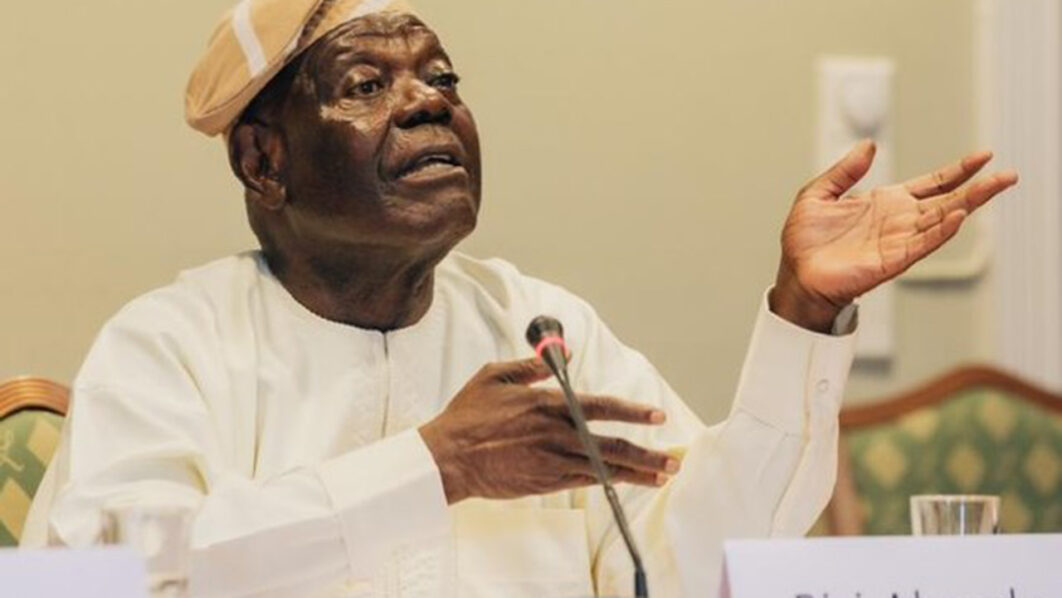F ifty years ago this year, my father published a book that, in its small but profound way, helped to change the way people thought about others. It was called Conundrum , and it charted her journey from its famous opening, describing how she realised, sitting under my grandmother’s piano in 1930, “that I had been born into the wrong body, and should really be a girl”, to undergoing gender reassignment surgery in Casablanca in 1972 – from James Morris, the celebrated journalist and writer, to Jan Morris. Conundrum was – and still is – a seminal trans work, but it was not the first account of such a journey.
There was, for example, Christine Jorgensen’s 1967 autobiography, which my father had read. In the US, a medical study, The Transsexual Phenomenon by Dr Harry Benjamin (whom my father consulted in the 1960s), had appeared in 1966, and its distinction between transvestism (cross-dressing) and transsexuality had created considerable interest. By 1975, about a thousand transgender people in the US had quietly been provided with gender reassignment surgery.
But Conundrum was the first autobiographical account by someone who was already celebrated for something other than gender orientation. James Morris had achieved instant fame in 1953 as the sole reporter on the successful British Everest expedition, becoming internationally known as “The Man Who Scooped the World on Everest”. He had then been a high-profile foreign correspondent for the Times and the Guard.


















